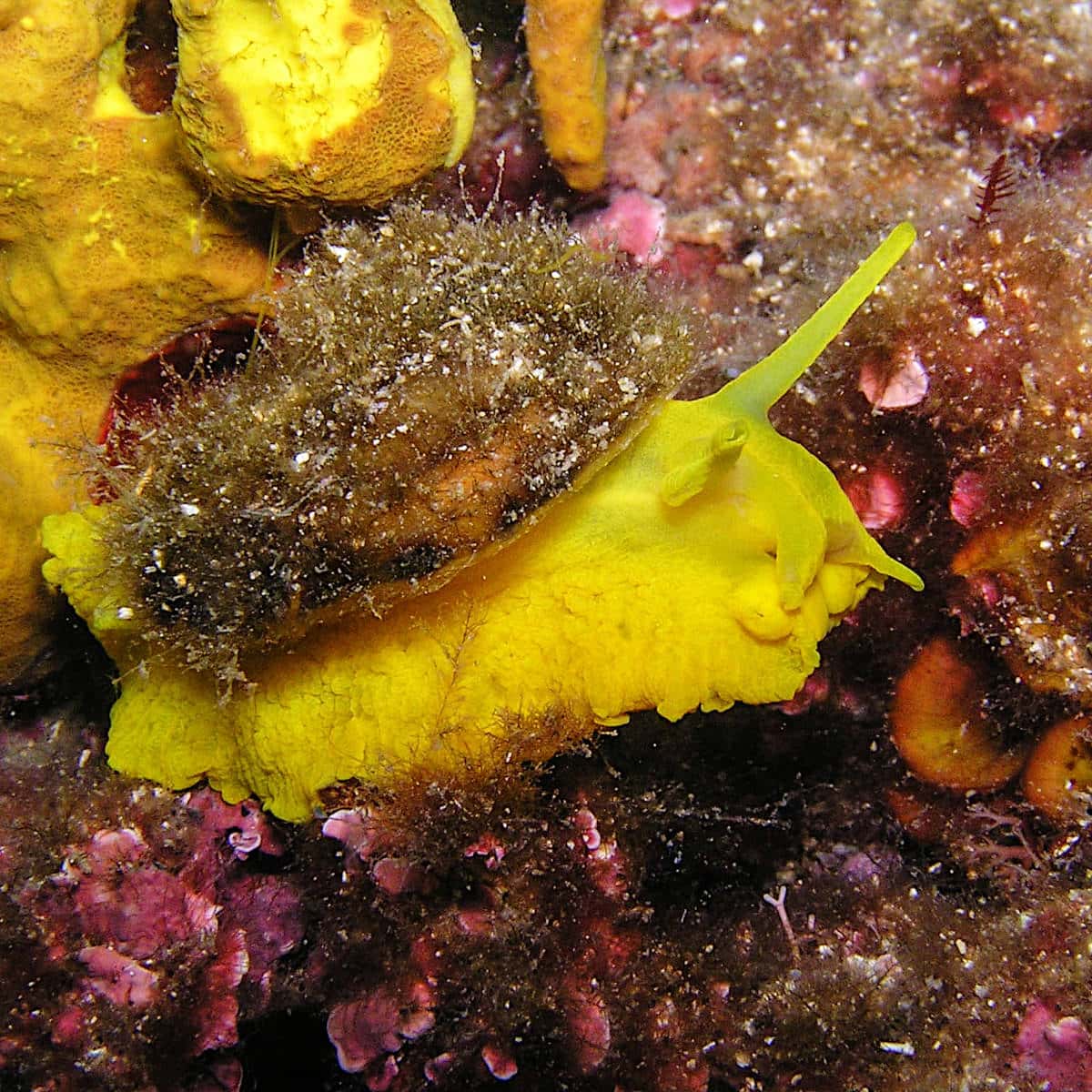
Basic research on a marine snail may offer new insights for reversing Alzheimer’s disease.
Where Are the Lost Memories?
Until now, most neuroscientists believed that memories were associated with synapses, the connections between nerve cells. That’s because the typical plaque associated with Alzheimer’s disease disrupts synapses.
Now, experiments conducted on sea snails show that memories are not lost when synapses are destroyed. In these experiments, the animals received mild electrical shocks to their tails. They remembered this unpleasant experience and secreted extra serotonin to make new synaptic connections.
When the scientists removed the neurons from the snail and maintained them in a Petri dish, the neurons continued to connect. Adding serotonin to the dish increased the rate of new synapse formation, but inhibiting protein synthesis prevented this development.
In further experiments in the animals, the scientists were able to demonstrate that re-establishing synaptic connections appeared to bring the memories back into focus. The implication is that memories are not stored in the synapses, but rather in the nucleus of the cell.
Will Alzheimer’s Patients Benefit?
While it is still a giant leap from snails to mankind, reversing synapse destruction might help Alzheimer’s patients reclaim their lost memories.
photo credit: underwaterpat via photopin cc

